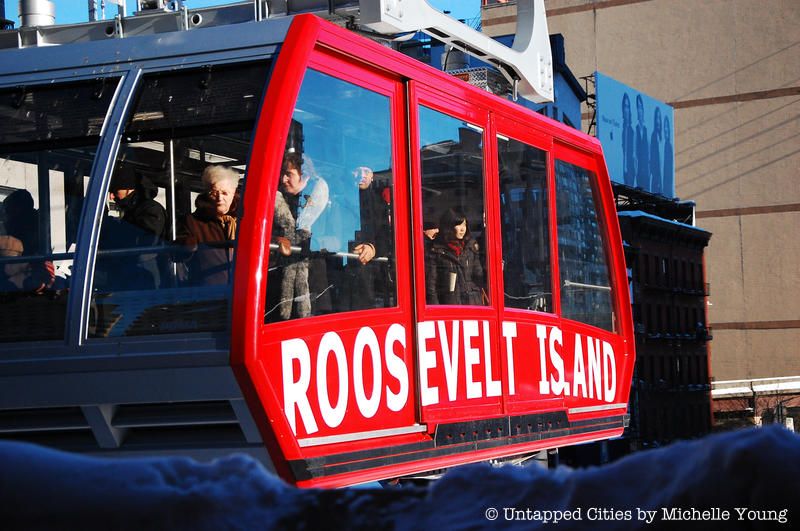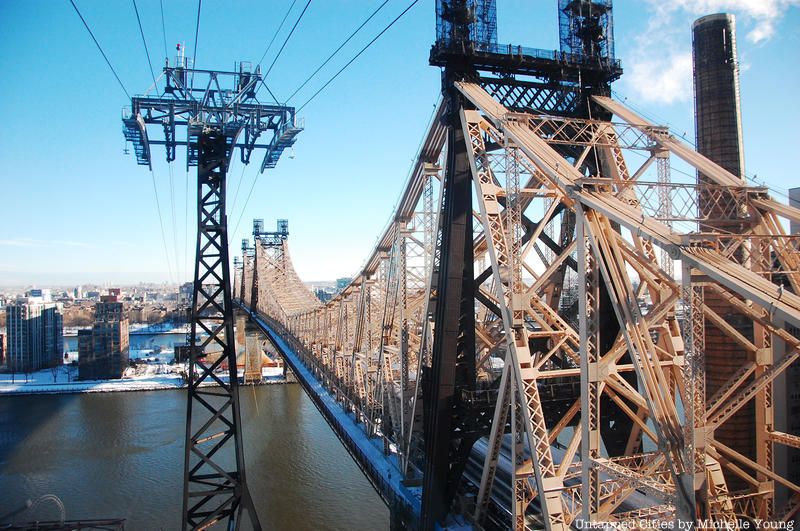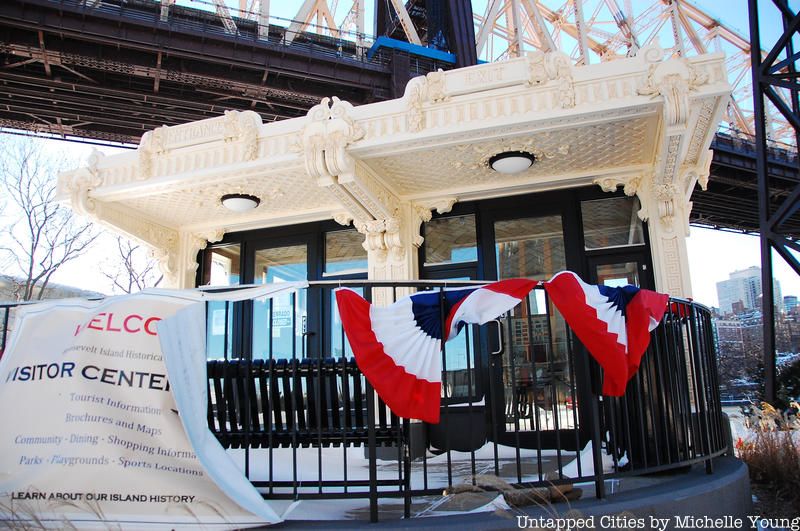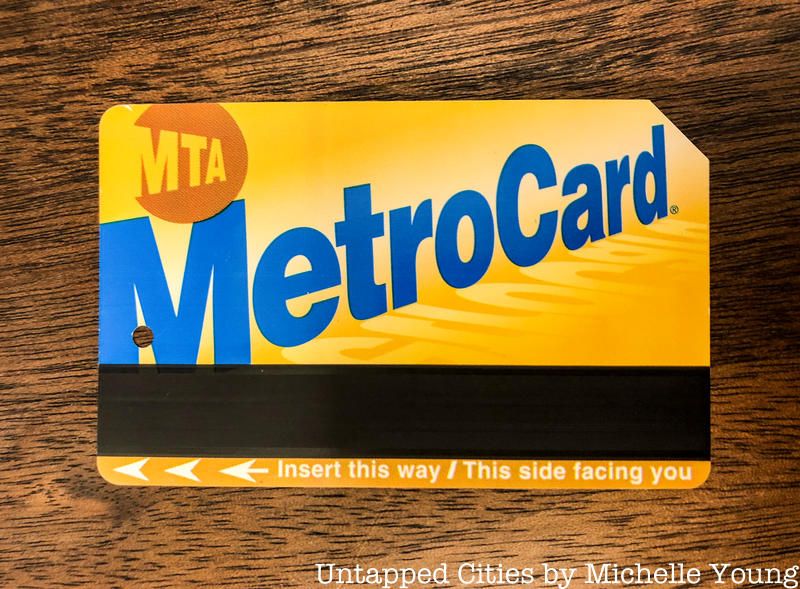Last-Minute NYC Holiday Gift Guide 🎁
We’ve created a holiday gift guide with presents for the intrepid New Yorker that should arrive just in time—



The Roosevelt Island Tram has been one of New York City’s most unique public transportation options since its opening in 1976. The 250 foot high aerial tramway sits above the East River and connects Roosevelt Island to the Upper East Side of Manhattan. The tram follows its route on the north end of the Queensboro Bridge and spans 3,100 feet from end to end.
The tram has been in the public eye, and has been well spoke about, since its opening. It has been featured in many movies and television shows, and it is one of New York City’s most notable modes of transportation. Although the tramway is quite well known, it still has its secrets that not many know about.
Here are the top ten secrets of the Roosevelt Island Tramway.

The Roosevelt Island Tram was originally built by the Swiss company Von Roll with American designers Prentice & Chan, Ohlhausen, after being selected by the city to supply and erect the tram.
Although the tramway is one of New York City’s many forms of mass transit, annually moving over two million New Yorkers every year, it is one of the few that isn’t operated by the Metropolitan Transportation Authority. It is instead operated by Leitner-Poma of America, with domestic supervision located at the tramway.

The original Roosevelt Island Tram was built and opened in 1976, but if you were to ride the tram today, you would be riding on a completely different machine.
In 2010, the tramway was closed for a complete renovation. Everything from the original build was replaced, including the cars, except for the three tower bases. Perhaps the most significant change from the original was the addition of the dual-haul system. With the new system of operation each car can operate independently as opposed to the cars traveling at the same time. This new system makes transportation more efficient during peak times by allowing both cars to be in the station at the same time.

In the mid-2000’s, the Roosevelt Island Tram experienced several power outages, causing passengers to be stuck in the cars for extended periods of time. After an incident in April of 2006 that trapped passengers over the East River for seven hours, the tramway was closed for renovations to address the problems.
The tramway was closed from April 2006 to September 2006. In the renovation, the tram’s electrical backup system was refurbished and in case of an emergency, the cars were equipped with blankets, water, and food. The attendants were also given cell phones to carry along with their radios while in the cars.

Before the construction of the Roosevelt Island Tram, commuting from Roosevelt Island to Manhattan was rather difficult. The trolley tracks connecting the two had been slowly deteriorating beyond repair and the city was in need of a temporary transportation solution for commuters while the subway station on Roosevelt Island was being finished.
The aerial tramway was chosen as the most efficient solution and construction began immediately. As the plans for the subway station continued to fall behind schedule, the tram became popular and was converted into a permanent facility, even after the station on Roosevelt Island was completed in 1989. Although it isn’t quite as popular as it was before the subway’s opening, the tram is still a safe and efficient way to commute.

Initially, the Roosevelt Island Tram used a special token for the public to access the tram, but eventually converted to the standard tokens used by the New York City subway and buses. But in 2003, New York City’s transit system had officially phased out of the usage of tokens in favor of the MetroCard.
When the rest of the public transportation systems converted to the new system, the Roosevelt Island Tram was the last holdout to adopt the MetroCard, waiting until March of 2004 before they began accepting it.

In 2005, the Transport Workers Union was in contract negotiations with the Metropolitan Transportation Authority over wage increases, retirement, and pension. When both sides could not come to an agreement, the TWU called for a strike on December 20, 2005.
The strike only lasted a few days, until December 22, 2005 when both parties had agreed to continue contract negotiations after a short blackout from one another.
During the days of the strike, service to all subways and buses were halted, but because the Roosevelt Island Tramw is owned and operated by a private company, it was one of the only intra-city transportation systems to remain in operation during the strike.

With help from the most recent renovation in 2010, the Roosevelt Island Tram is able to withstand most weather conditions, and only closes under certain circumstances. The tram now has improved backup generators in place if there is a power outage to resume operation.
The only time that the tram will cease operation is during lightning or winds of over 50 mph, and is prepared to operate in any other conditions.
According to Robert Wise of Leitner-Poma of America, the company responsible for the new cars and tramway renovation, the Roosevelt Island Tram was able to operate longer than any other form of public transportation in New York City during Hurricane Sandy and Hurricane Irene.

The Roosevelt Island Tram was originally opened in 1976, and is labeled as the oldest aerial tramway to be used for mass transit in North America. Prior to its construction, aerial tramways were already in use in other parts of the world for transit. The trams in Hong Kong and Gibraltar eventually inspired the use of cable cars in the United States.
The first cable cars carrying people in the United States were mostly used on mountains and at ski resorts. It wasn’t until New York City constructed its tramway from Roosevelt Island that an aerial tramway was used for a commuter’s purpose.

One of the most famous movie sequences to have ever taken place in New York City is of King Kong terrorizing Manhattan. Countless spoofs and theme park attractions have derived from the movie, and when Universal Studios opened in 1990, they capitalized on the Kong franchise.
Kongfrontation was a theme park ride in Universal Studios Florida from its opening in 1990 to 2002. During the ride, passengers had to escape from Manhattan to Roosevelt Island to avoid the wrath of King Kong, via the Roosevelt Island Tram.
The ride took passengers along the path of the tramway, over the East River and past the Queensboro Bridge, and showed the carnage King Kong had caused to New York City below. In the 2002 Spiderman film, Spider-Man is forced to choose between saving the passengers on the tram or MJ, who is thrown from the Queensboro Bridge. The tram is also featured in the movie Nighthawks with Sylvester Stallone.

In 2008, the Roosevelt Island Operating Corporation (RIOC), granted the massive renovation project of the Roosevelt Island Tram to the French company of Poma. Poma specializes in cable driven lifts mostly used for ski lifts in Europe and Asia.
The renovation began in March of 2010 and was finished by November of the same year, being completed in eight months and only falling two months behind schedule.
Next, check out The Top 12 Secrets of Roosevelt Island, or What if the Roosevelt Island Tram Went All the Way to Central Park. Get in touch with the author on Instagram @mjohnathonrich.
Subscribe to our newsletter